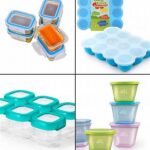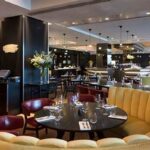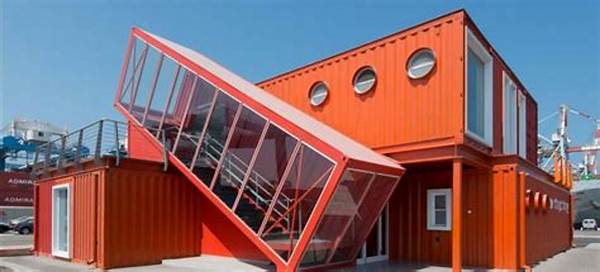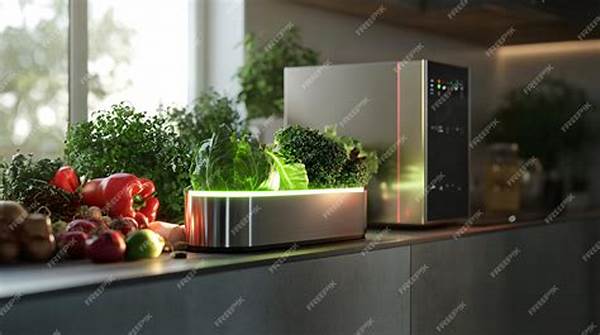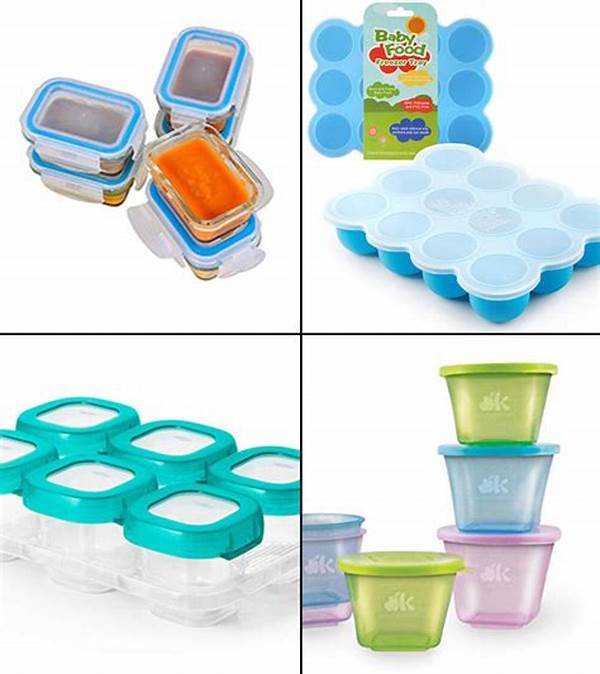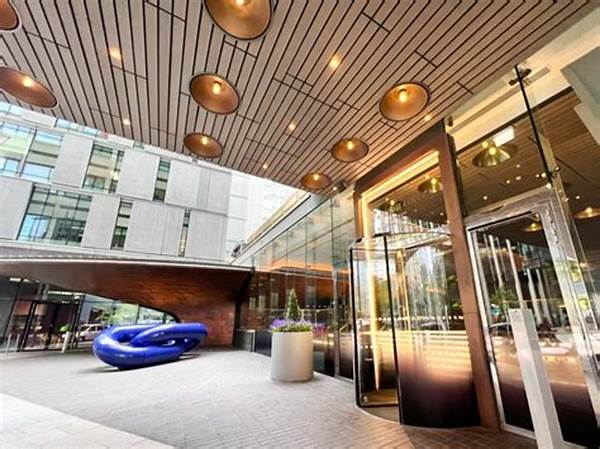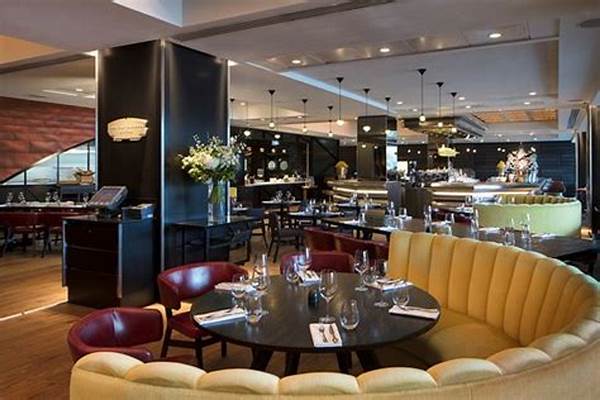Welcome aboard the latest wave of urban retail revolution where the humble sea container takes on a new lease of life as a trendy shopping hub. Picture this: formerly unassuming, robust metal boxes, now transformed into vibrant retail spaces, offering a fresh blend of sustainability and avant-garde design. The trend forecast for 2025 reads like an exciting narrative—a narrative crafted from the bones of shipping containers that previously crossed oceans carrying goods, now finding newfound purpose in the heart of bustling cities.
Read More : Reasons Why Sea Containers London Rooftop Is Trending This September
One might wonder, what makes these sea containers so attractive for aspiring entrepreneurs and established brands alike? For starters, they embody the unique selling point of combining eco-friendliness with undeniable aesthetic. Sea containers transformed into shopping hubs not only appeal visually but also strategically position businesses in the era of sustainability—a call heard loud and clear by Millennials and Gen Z, the current power-shoppers. Let’s delve deeper into this fascinating trend and explore how it’s reshaping retail landscapes.
The Rise of Sea Container Shopping Hubs
Urban shopping landscapes are evolving, and sea containers are at the forefront of this change. More than a testament to human ingenuity, their adaptation to chic retail spaces speaks volumes about emerging consumer desires. According to a 2023 study by the Urban Development Institute, demand for such modular, flexible, and sustainable shopping solutions has risen by 40% over the last five years.
Advantages of Sea Container Shopping Hubs
The allures of repurposed sea containers go beyond their industrial charm:
1. Sustainability and Eco-Friendliness: These structures promote recycling and repurposing, cutting down on waste and reducing the carbon footprint associated with new construction.
2. Cost-Effective: Transforming sea containers into stores is significantly cheaper than traditional brick-and-mortar establishments, allowing for lower operational costs and better price offerings for savvy consumers.
3. Portability and Flexibility: Unlike conventional stores, containers are portable, allowing businesses to relocate based on market demand—and that’s not all! These modular spaces can be reconfigured to expand or contract, providing unmatched versatility.
Examples of Modern Urban Shopping Hubs
From London to Los Angeles, cities are embracing this trend. Take BOXPARK in London, which has pioneered this concept brilliantly. Starting as a pop-up mall with retail and dining options, it masterfully exploits container aesthetics to create an engaging customer experience. Meanwhile, across the pond in the US, Pike Outlets in Long Beach, California, showcases a similar charm, housing vibrant retail and entertainment spaces within creatively arranged containers.
Future Prospects and Challenges
As sea containers repurposed as modern urban shopping hubs 2025 gain traction, the question of longevity arises. Industry experts forecast that with appropriate city planning, these hubs could become semipermanent fixtures, driving urban development and redefining how communities interact with commercial spaces. However, regulatory challenges and zoning laws could pose hurdles that need careful navigation.
Read More : Sea Containers London Riverside Terrace Restaurant Ranked Best In 2025
The Impact on Community and Curation
Sea container shopping hubs are not just about commerce—they represent a cultural shift. These platforms often incorporate art, music, and local brands, fostering a sense of community missing in traditional retail environments. They allow for curation and customization that cater to localized tastes, creating a unique and ever-evolving shopping experience.
Creative Use Cases for Sea Containers in 2025
Envisioning the possibilities for sea containers in retail by 2025 requires a creative eye.
The adaptability of sea containers ensures their relevance will only grow with time. With consumers increasingly prioritizing sustainability and unique retail experiences, these spaces are positioned as a viable solution aligned perfectly with modern demands.
Sea containers repurposed as modern urban shopping hubs 2025 show us that the future of retail could lie in the depths of our past, reimagined and reinvigorated. They aren’t merely a fleeting trend but a reflection of the proactive transformation of urban space, retail dynamics, and community interactions.
Key Takeaways
The Road Ahead for Sea Containers and Retail
The journey of sea containers repurposed as modern urban shopping hubs 2025 is just beginning. With cost-effectiveness, sustainability, and innovative design at their core, they hold promise to revolutionize urban retail spaces by creating vibrant, adaptable ecosystems. As cities and businesses navigate the post-pandemic landscape and the push towards more personalized and environmentally responsible consumer experiences, these versatile structures could very well be their building blocks.
As consumers continue to seek more tailored, meaningful interactions, the ability of brands to innovate within these spaces could define their competitive edge. The marriage of commerce and community, efficiency and experience marks a truly modern retail environment—one that is imminently poised for growth across the globe.

